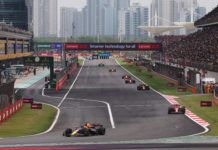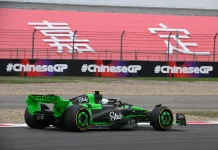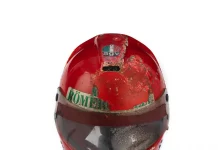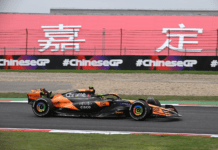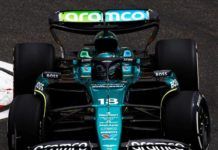Mercedes has shared a first-hand image of the damage suffered to Valtteri Bottas’ tyre after the hit from Red Bull Racing’s Max Verstapppen, as it also explained Lewis Hamilton’s strategy call in F1 Monaco GP.
The safety car to clear the debris left by Ferrari’s Charles Leclerc almost created a mayhem in the pits, especially for Mercedes, which chose to undertake a double stack in a crucial moment and at a tight pitlane with track position at stake.
For Hamilton, it wasn’t a huge issue as he was the first car on the road. But going by their Thursday long run data and a threat of rain, Mercedes put Hamilton on the medium compound which wasn’t a wrong choice per say but was worrisome to some extent.
The team were confident of getting through but the added variable of a pressure from Verstappen got them as well as Hamilton worried. While the Dutchman posed a threat to Hamilton, he had already had a bit of a tussle with Bottas earlier in the race.
Bottas tried to slow down the field to get the double stack work but Mercedes were slow due to Hamilton running over a gun which affected Bottas’ pit stop. And with Red Bull having a near-perfect stop, Verstappen was put in the path of Bottas then.
The two collided with Bottas needing another stop for a hard compound after damage. The team showed an image of the extent of damage suffered by the Finn which meant, the extra stop was needed as he eventually lost out to Ferrari’s Sebastian Vettel then.
Talking about Hamilton’s decision first, Mercedes strategy director James Vowles – who suffered Hamilton’s friendly shower after the race, said: “To answer as to why we put mediums tyres on Hamilton, we have to go all the way back to Thursday.
“We were one of the top teams to have medium and soft available for long run in FP2 and the track conditions were slightly worse than it was going to be in the race, but still representative enough to understand how the tyres were performing.
“All those long runs that we did on medium, we were able to see that the life would just about make what we would need in the race to achieve the stints that happened when the safety car came out and that’s what triggered our decision.
In Monaco, you typically want the softest rubber you can get away with for the stint length that you are trying to get to. And we knew it would be tight, we would need a lot of management but believed based on the Thursday data that the medium tyre would do the job.
“The second reason why we fitted the medium tyre was that there was a chance of rain during the race. If you could see out weather radar, you would have seen a sea of blue coming in from east towards the circuit. Now, it actually broke up.
“There was a very little bit light rain in the race but we had forecasted that there was going to be slightly heavier rain than that. Not enough to go to inters but enough to be very difficult on the dry tyres and the mediums may well have provided slightly more coverage in those conditions being a slightly softer compound.
“That’s why we erred towards that slightly softer medium tyre.” Elaborating on the damage suffered by Bottas then and the double stack they undertook, Vowles said: “If you stop under a safety car in Monaco, it is really the best of both worlds.
“From Lap 11, we knew we could take the tyres to the end, we believed the medium but hard would have easily made it as well. Our competitors Vettel and Verstappen knew as well, that’s why they came in [behind Hamilton and Bottas].
“When you double stack under the safety car, what’s really important is making a gap between the cars. So, the first car can be serviced in the pit lane and the second one can slot straight in. And Valtteri did perfectly on track.
“Lewis had his pit stop and drove out and you would have seen Valtteri came straight back in. And now its a straight race between Vettel, Verstappen and Valtteri for a pit stop. Unfortunately, as Lewis came left, he clipped one of the guns and it took just the few seconds for them to reset properly and the cost was a couple of tenths.
“That’s all you need. We had a couple of tenths lost on Valtteri’s pit stop and Red Bull had a very-very good pit stop – one of the best of the year for them – and those extremes meant that the cars went out and were in the pitlane, Verstappen came alongside, hit the left-hand side of Valtteri’s car, pushing the right-hand side into the wall and damaging that front-right wheel.
“We could see tyre pressures and we had a quick look at what was going on and after few corners when Valtteri was back out on track, it became evident that we have a problem and we were starting to lose pressure and we had to react then and there to bring Valtteri straight back in.
“If we had waited any longer, Valtteri would have been last. We brought Valtteri back in the pitlane, fitted the hard tyre, which was the best tyres not known at the time and then he re-joined back in P4.”
While Mercedes conceded that the hard tyre was the right choice, Vowles said that going to the end was possible on medium seeing the Thursday data. However, their data didn’t exactly match to how it panned out in the race as the medium started to lose out earlier than anticipated which made Hamilton’s race difficult.
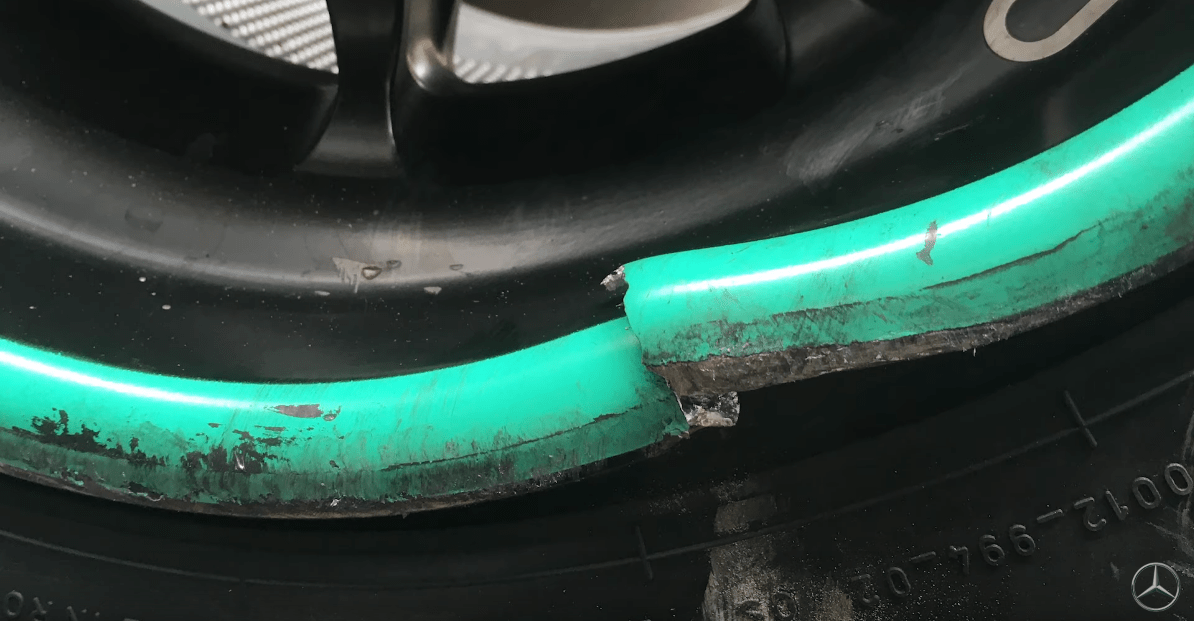
Bottas, Wolff fine with Verstappen’s five second penalty in F1 Monaco GP
Hamilton explains defence from Verstappen as Wolff accepts wrong call

